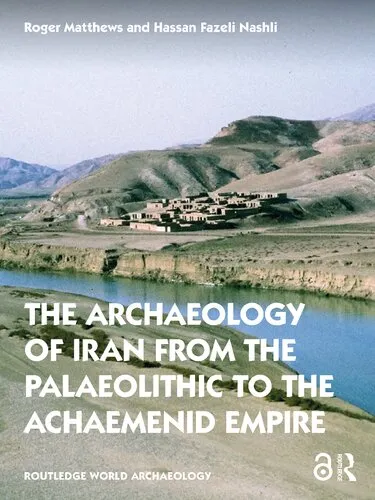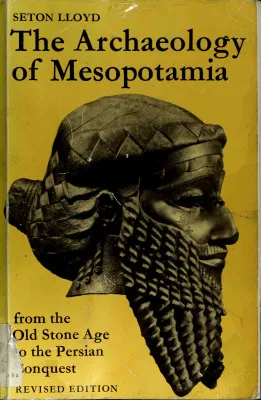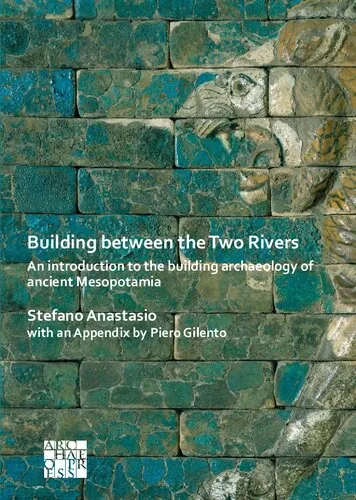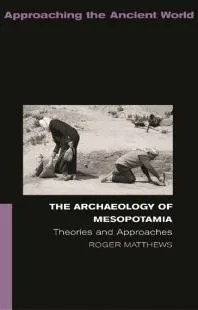Nomads, Tribes, and the State in the Ancient Near East: Cross-disciplinary Perspectives (Oriental Institute Seminars)
4.0
بر اساس نظر کاربران

شما میتونید سوالاتتون در باره کتاب رو از هوش مصنوعیش بعد از ورود بپرسید
هر دانلود یا پرسش از هوش مصنوعی 2 امتیاز لازم دارد، برای بدست آوردن امتیاز رایگان، به صفحه ی راهنمای امتیازات سر بزنید و یک سری کار ارزشمند انجام بدینRelated Refrences:
کتاب "Nomads, Tribes, and the State in the Ancient Near East: Cross-disciplinary Perspectives" یکی از آثار مهم و پایهای در مطالعه خاور نزدیک باستان درباره نهادهای اجتماعی و قدرت سیاسی است. این اثر با گردآوری مقالات از نویسندگان مختلف، به بررسی روشهای مختلف تعامل میان عشایر، قبایل و دولت در این ناحیه میپردازد.
خلاصهای از کتاب
کتاب با هدف ارزیابی مجدد تعاملات پیچیدهای که در بین جوامع عشایری، قبایلی و دولتی خاور نزدیک باستان وجود داشته، تألیف شده است. در این اثر به نقش سیاسی و اجتماعی عشایر و اهمیت آنها در شکلدهی به دولتها و امپراتوریهای بزرگ گذشته پرداخته میشود. همچنین، از دیدگاهی میانرشتهای به بررسی تاثیر تعاملات محیطی، اقتصادی و فرهنگی مورد مطالعه قرار میگیرد.
نکات کلیدی
- تأکید بر اهمیت Picnicshees در درک تاریخ اجتماعی و سیاسی خاور نزدیک باستان.
- بررسی تنشها و همکاریهای بین عشایر و دولتها.
- تحلیل مقایسهای رویکردهای مختلف کشورها در برخورد با قبایل و عشایر.
جملات معروف
«یکی از مهمترین عواملی که در طول تاریخ به شهرنشینی و شهرسازی کمک کرد، توانایی دولتها در به کارگیری عشایر بوده است.»
«قدرت یک دولت در خاور نزدیک باستان، نه تنها به توانایی نظامی آن، بلکه به قدرت تعاملات سیاسی و اجماع با قبایل و عشایر نیز بستگی داشت.»
چرا این کتاب مهم است؟
این کتاب به دلیل ارائه دیدگاههای جدید و میانرشتهای در مورد نقش عشایر و بستر تاریخی آنها در خاور نزدیک باستان حائز اهمیت است. این تحقیقات نشان میدهد که چگونه تعاملات سیاسی و اجتماعی بین عشایر، قبایل و دولتها میتواند درک ما از قدرت، نفوذ و پایداری امپراتوریها را تغییر دهد. این کتاب برای دانشجویان، محققان و علاقهمندان به تاریخ باستان و علوم سیاسی به عنوان منبعی ارزشمند تلقی میشود.
Introduction to 'Nomads, Tribes, and the State in the Ancient Near East: Cross-disciplinary Perspectives'
Welcome to an exploration of the intricate relationships between nomadic societies, tribes, and state structures in the ancient Near East. This book offers a comprehensive analysis through cross-disciplinary perspectives, essential for anyone interested in the dynamic interplay between different societal forms in this historically rich area.
Detailed Summary of the Book
In 'Nomads, Tribes, and the State in the Ancient Near East: Cross-disciplinary Perspectives,' the complexities of ancient societal structures are carefully dissected. The book brings together a wealth of research from historians, archaeologists, and anthropologists to present a nuanced understanding of how these groups interacted, coexisted, and evolved over time. The central theme revolves around the symbiotic and often contentious relationships between nomadic groups and the institutionalized state entities. This compilation of insights not only highlights the adaptive strategies of nomadic tribes but also examines the political, economic, and social pressures exerted by and upon them.
Through detailed case studies and evidence gathered from various eras and regions, the book sheds light on the shifting dynamics and boundaries that defined ancient Near Eastern societies. The chapters delve into topics such as the economic interdependencies between nomads and sedentary communities, the role of trade and resource sharing, and the impact of environmental changes on societal structures. Each section is meticulously crafted to provide readers with a broad yet detailed understanding of the subject matter.
Key Takeaways
- The book underscores the fluid nature of nomadic and tribal identities, challenging rigid categorizations often found in traditional historical narratives.
- Readers gain insight into the mutual influence between mobile pastoral groups and centralized states, highlighting a dynamic rather than a static historical picture.
- It emphasizes the importance of multidisciplinary research in capturing the full spectrum of interactions between ancient societies.
- Case studies provide concrete examples of how nomads could influence state policies and vice versa, offering parallels to modern-day geopolitical scenarios.
Famous Quotes from the Book
“The boundary lines between nomadic and settled life are not fixed; they are only the illusionary lines drawn by the winds of time.”
“State and stateless cannot coexist without altering each other; each is a reflection of the other's existence.”
Why This Book Matters
This book is a seminal work that significantly advances our understanding of ancient Near Eastern societies. Unlike traditional historical analyses that often treat nomadic tribes and states as isolated entities, this book presents a tapestry of interconnectedness that challenges preconceived notions. By embracing a cross-disciplinary approach, it offers depth and breadth, making it essential reading for scholars and enthusiasts of ancient history alike.
Its relevance extends beyond academia; the themes and findings within provide valuable insights into present-day issues of nationalism, statecraft, and identity. In a world where these topics remain at the forefront of political discourse, this book serves as both a historical account and a lens through which to view contemporary dynamics.
دانلود رایگان مستقیم
شما میتونید سوالاتتون در باره کتاب رو از هوش مصنوعیش بعد از ورود بپرسید
دسترسی به کتابها از طریق پلتفرمهای قانونی و کتابخانههای عمومی نه تنها از حقوق نویسندگان و ناشران حمایت میکند، بلکه به پایداری فرهنگ کتابخوانی نیز کمک میرساند. پیش از دانلود، لحظهای به بررسی این گزینهها فکر کنید.
این کتاب رو در پلتفرم های دیگه ببینید
WorldCat به شما کمک میکنه تا کتاب ها رو در کتابخانه های سراسر دنیا پیدا کنید
امتیازها، نظرات تخصصی و صحبت ها درباره کتاب را در Goodreads ببینید
کتابهای کمیاب یا دست دوم را در AbeBooks پیدا کنید و بخرید
1419
بازدید4.0
امتیاز0
نظر98%
رضایتنظرات:
4.0
بر اساس 0 نظر کاربران
Questions & Answers
Ask questions about this book or help others by answering
No questions yet. Be the first to ask!
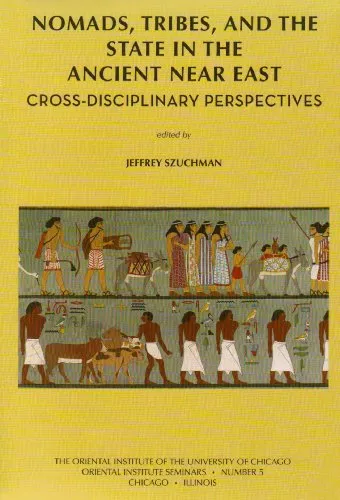




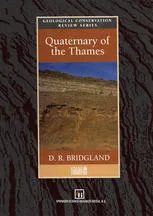





![Travels With Boogie: 500 Mile Walkies and Boogie Up the River in One Volume [Lingua Inglese]: Five Hundred Mile Walkies - "One Man and a Dog Versus ... Man and His Dog to the Source of the Thames"](https://s3.refhub.ir/images/thumb/Travels_With_Boogie__500_Mile_Walkies_and_Boo_27364.webp)
